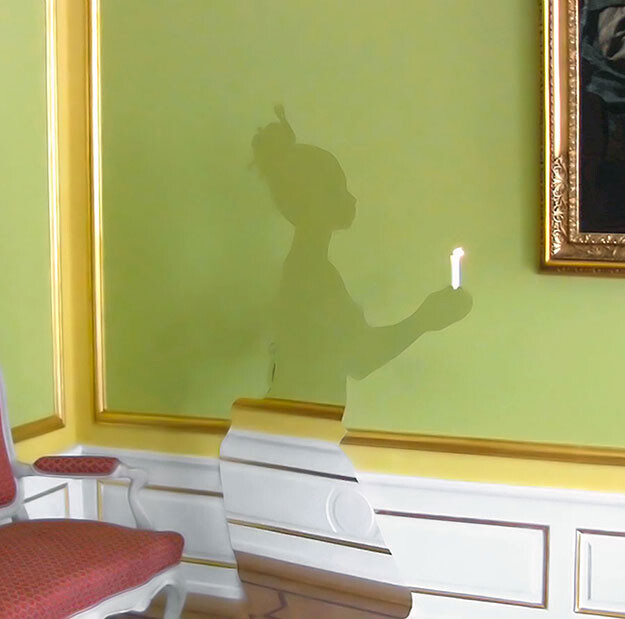The bonds that new modes of resistance establish with previous historical sequences are scratching loose their very own world-disorganizing potential. Constituent history has never submitted to the tyranny of the textual. The sonic moves audiences-cum-comrades, fleshy things that, in feeling and moving communally, call up the specter of the common project. This is the surplus of their corporeal, anti-transactional transactions. Of their uprising against even minor miseries. Whether one is thinking of music, spoken word, coded patois, scratched records, effective and affective oration, glitching at mechanical interfaces, the multidimensions of performativity in and around sounds—the sonic has always been a most active field in bonds-making. A kind of goddammed Mississippi, seeded with tragedy and resilience, to the frigid Northeast of more buttoned-up organic intellectuals who prefer the tabloid and the blog. Approaching the vicinity of this fact—or perhaps the ways in which its incontrovertibility impinged in our catching-up thinking—led us to commission e-flux journal’s first “text” as track. Of course, “track” seems wanting as a name for the landscape that Lamin Fofana came back with. What we got, what we are still getting, as the thing unspools its textured strands, is our increasingly derelict Now, compressed and distilled, the good shards extracted from it, into a flexible terrain that flickers in and out of different configurations. At one moment, it is riot-space; at another, thinking-space; at yet another, chill-out-and-recharge-space; and at yet another, historical-space. At all times it is a delicate synthesis of multifarious strands and an enterprise in gauging dirt patches in this mad moment, in exposing little bits of hard ground on which our desires for another world, certainly for the end of this one, can continue to find traction.
